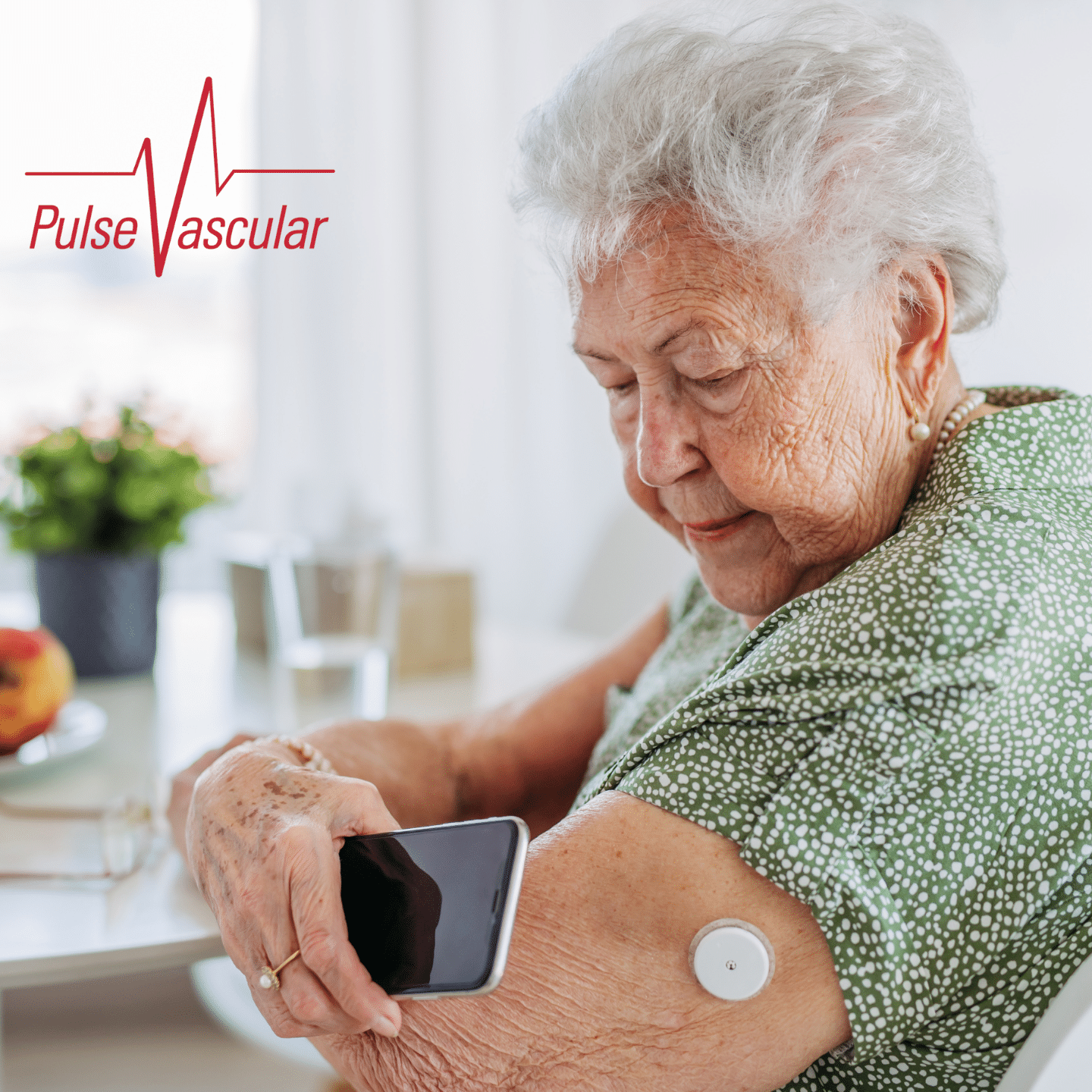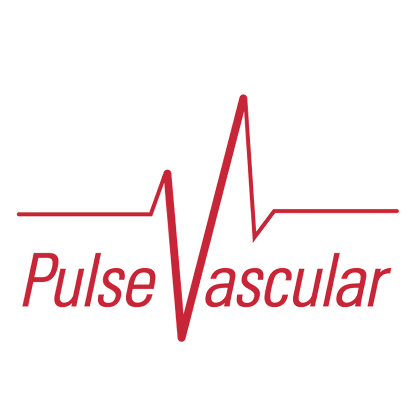
What Is peripheral arterial disease (PAD), and Why Should You Care? The association of chronic disease with PAD:
Peripheral Arterial Disease (PAD) is a condition that affects blood flow to your legs and feet. It happens when your arteries become narrowed or blocked, often because of plaque buildup (atherosclerosis). While it might seem like a leg problem, it’s actually a sign of a bigger issue: PAD is closely linked to chronic conditions like diabetes, high blood pressure, kidney disease, and high cholesterol.
If you live with any of these, understanding PAD could help you avoid serious complications—including heart attack, stroke, or even amputation.
Common Signs You Shouldn’t Ignore
PAD often starts quietly. Watch for these symptoms:
- Leg pain or cramping when walking, especially in the calves
- Numbness or weakness in your legs
- Slow-healing wounds or ulcers on feet or toes
- Cold feet, even in warm weather
- Shiny skin or loss of hair on legs and toes
These symptoms might not seem serious at first, but they can lead to bigger problems if untreated.
What Causes PAD—and Who’s at Risk?
PAD and chronic diseases often go hand in hand. Here’s why:
| Condition | How It Affects Your Arteries |
| Diabetes | Damages blood vessels over time, causing poor circulation |
| High Blood Pressure | Stresses artery walls, making them stiff or narrow |
| Kidney Disease | Affects how well your body clears toxins and regulates minerals |
| High Cholesterol | Builds up in arteries, slowing or blocking blood flow |
| Smoking | Causes inflammation and long-term artery damage |
Even having one of these conditions can raise your PAD risk. Having two or more makes it much more likely. Click here to take a symptom quiz.
What You Can Do Right Now
PAD is treatable—especially when caught early. Here’s how you can protect your health:
- Get tested: Ask your doctor about an ankle-brachial index (ABI) test—it’s quick and painless
- Take control of chronic conditions: Keep blood sugar, pressure, and cholesterol in check
- Quit smoking: This one change can drastically improve circulation. Visit Quit Assist for help.
- Exercise regularly: Even short walks can help your legs build strength and blood flow
- Ask about medications: Certain drugs can reduce PAD complications and improve blood flow
The Takeaway
PAD is more than just leg pain—it’s a warning sign from your body that something bigger might be happening. By learning about it, asking questions, and managing your health, you can stay ahead of serious complications and take charge of your future.
Your legs carry you through life—make sure they get the care they deserve. At Pulse Vascular we can evaluate your chronic illnesses and association with peripheral arterial disease (PAD) by providing testing and programs to help you achieve lasting good health. Schedule your consultation today.
